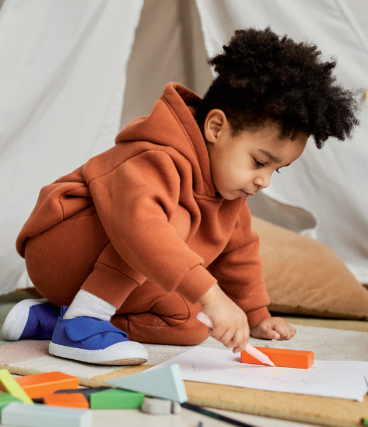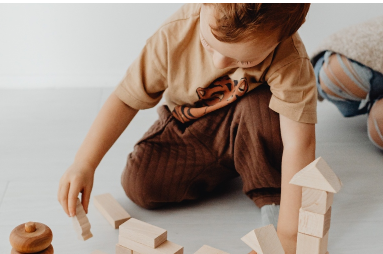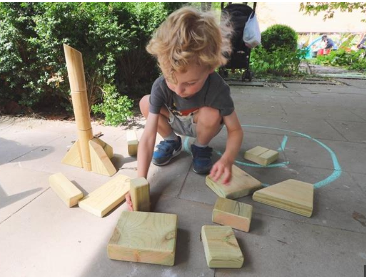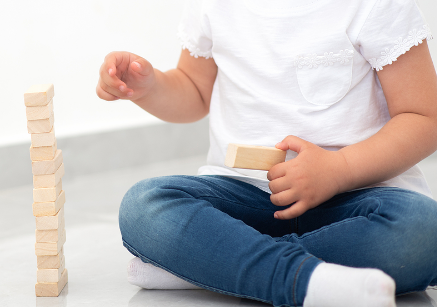
The Curiosity Approach to Early Years Learning
The Curiosity Approach is an innovative and holistic approach to early years learning, which focuses on inspiring children's natural curiosity and promoting a love for learning. This approach has gained popularity in recent years, with many educators and parents recognizing its effectiveness in fostering a child's holistic development.
At its core, the Curiosity Approach is based on the belief that children are naturally curious and have an innate desire to explore and learn about the world around them. By tapping into this curiosity, children can be motivated to engage in meaningful and authentic learning experiences, rather than being passive recipients of information.

One of the key principles of the Curiosity Approach is the use of natural and open-ended resources in the learning environment. This means that instead of traditional plastic toys, children are provided with materials such as wooden blocks, shells, pine cones, and fabrics that encourage open-ended play and imagination. These resources not only promote creativity and problem-solving skills but also support the development of fine motor skills and hand-eye coordination.
Another important aspect of the Curiosity Approach is the emphasis on the learning environment. The approach advocates for the use of authentic and aesthetically pleasing spaces that reflect the home environment, rather than the traditional brightly colored and cluttered classrooms. This helps to create a calm and inviting atmosphere that encourages children to explore and engage in their surroundings.
In addition to the physical environment, the Curiosity Approach also promotes the use of loose parts and natural materials in play. Loose parts are objects that can be moved, manipulated, and combined in various ways to support children's creativity and imagination. These materials can be found in nature, such as sticks, pebbles, and leaves, or can be everyday objects like pots and pans, buttons, and ribbons. By providing children with these loose parts, they are given the opportunity to use their imagination and develop problem-solving skills as they play.

The Curiosity Approach also focuses on the importance of play and child-led learning. Play is seen as a crucial aspect of a child's development, as it allows them to make sense of the world, develop social skills, and express their thoughts and emotions. Through child-led play, children are given the freedom to explore and discover at their own pace, while educators act as facilitators and guides, rather than instructors.
One of the greatest strengths of the Curiosity Approach is its ability to cater to the individual needs and interests of each child. By providing a variety of open-ended resources and opportunities for play, children are able to choose activities that align with their interests and learning styles. This not only promotes a sense of agency and autonomy but also allows for a more personalized and meaningful learning experience.

The Curiosity Approach has been praised for its effectiveness in promoting a child's holistic development. By focusing on the child's natural curiosity and providing a rich and stimulating environment, the approach supports the development of skills such as critical thinking, problem-solving, creativity, and resilience. It also promotes a positive attitude towards learning, laying a strong foundation for future academic success.
In conclusion, the Curiosity Approach is a powerful and effective way to promote early years learning. By tapping into a child's natural curiosity and providing a stimulating and supportive environment, this approach helps children to develop a love for learning and sets them on a path towards lifelong learning. As parents and educators, it is important to embrace this approach and provide children with the opportunities and resources to satisfy their natural curiosity and foster their holistic development.


Submit your comment